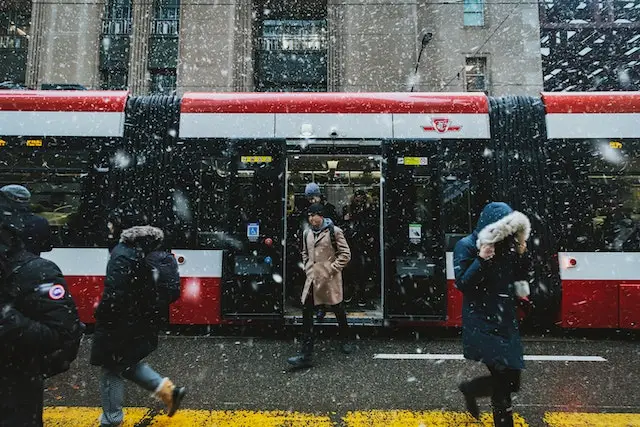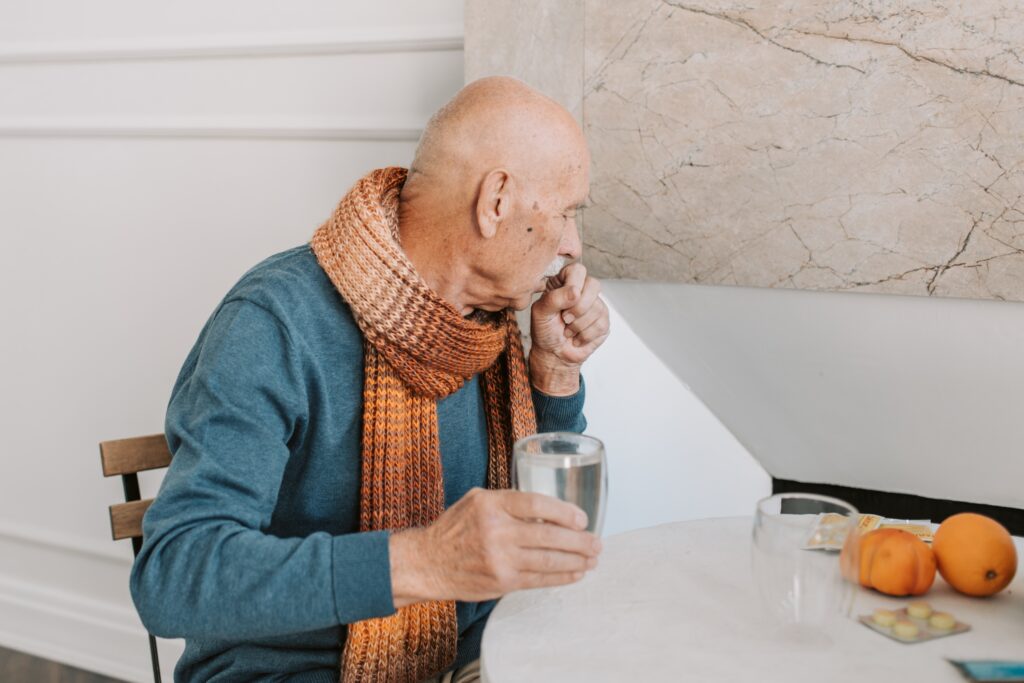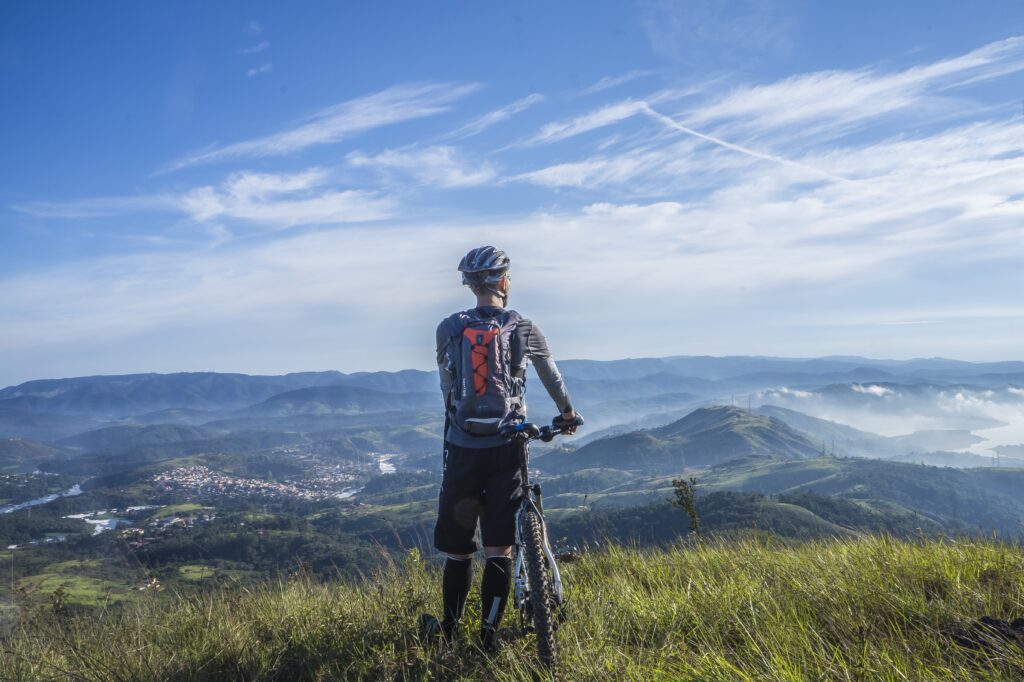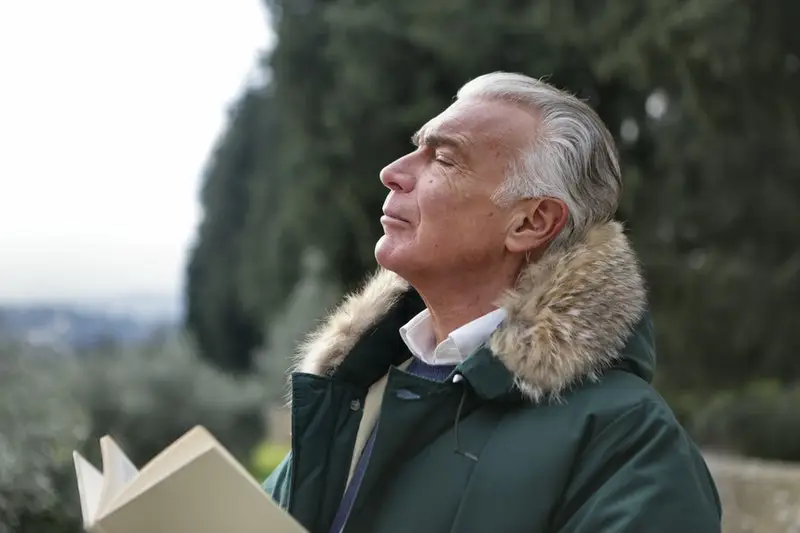Slips and falls
The first winter storm’s approach typically brings up several challenges and problems. Travel can be hazardous in the rain, snow, sleet, and ice, and people with mobility issues, such as the elderly and disabled, frequently find themselves limited to their houses.
Snow and ice are brought on by the chilly winter weather, which increases the risk of slip and fall incidents. During the colder months, icy patches can be found anywhere, whether sidewalk ice, slippery steps, or a thin layer of ice on top of the snow.
Additionally, even though tripping and falling might not seem like a huge problem, you might suffer more serious injuries.
At any age, falling raises the chance of twisting an ankle, fracturing a foot or wrist, or suffering more severe injuries, including a concussion or broken hip.
On the other hand, the fall can indicate that something is interfering with your stability, and you might have a vestibular problem.
After-effects of slips and fall
Falls on ice can result in life-altering facial scarring, catastrophic brain injuries, paralysis, serious back injuries, and even death for some unfortunate people. Falling on snow and ice can be quite dangerous, especially for young children, pregnant women, and those who may have mobility issues, such as the elderly or individuals with disabilities.
The following are a few of the most frequent of these wounds:
- Sprained muscles and strained ligaments
- fractures caused by compression, especially spinal fractures
- Broken bones, including those in the wrists, hips, and shins, as well as knee injuries from slipping on ice
- Spinal discs that have herniated (most commonly in the lower back)
- Head injuries brought on by slipping on ice and suffering a concussion.
Frozen walkways are not the only wintertime slip, trip, and fall hazards.
- Be cautious and safety-conscious while engaging in any activity, including sledding, hanging holiday decorations, and ice skating, as these activities frequently cause severe winter accidents.
- Musculoskeletal function gradually deteriorates with age as a result of typical wear-and-tear degeneration. This increases the fragility, brittleness, and risk of catastrophic injury in bones and muscles, making falls on ice considerably more dangerous for elders.
- Musculoskeletal fractures are frequent injuries in slips caused by snow and ice. 25 percent of slide accident fractures necessitate surgery to fix fractured hip, arm, and backbones.
- Traumatic brain injuries, spinal cord injuries, and other traumas to the central nervous system can leave victims permanently disabled or even dead.
How can therapy be handy in such a situation
Your sprains, broken bones, and even recommended surgical alternatives can be treated by slip and fall experts. Following a procedure, physiotherapists or orthopedic specialists are prepared to give you the additional care you need to feel like yourself again, should physical therapy be required to help rehabilitate your troublesome areas.
The restoration of your body’s movement may benefit greatly from chiropractic treatment. Chiropractic therapy focuses on your spine, muscles, joints, and nervous system and is a patient-centered, non-invasive, regulated health care profession. It can enhance your quality of life, boost health, and reduce discomfort.
On the other hand, custom orthotics can enhance daily function and reduce foot, ankle, knee, hip, and lower back pain when used as a form of therapy. The goal is to reduce pain and enhance the patient’s gait. Orthotics function by shifting the force and pressure that momentum applies to a patient’s joints and muscles. After then, the remainder of the body and the strain on the feet are relieved.
Resources
Check out our Resources Section for more information on topics like health, lifestyle, rehabilitation, and many more by clicking here.





